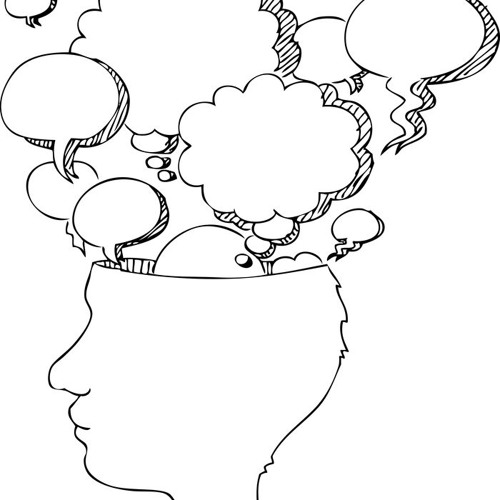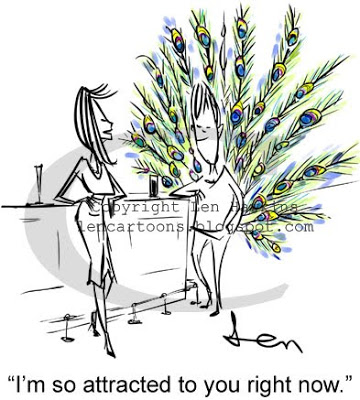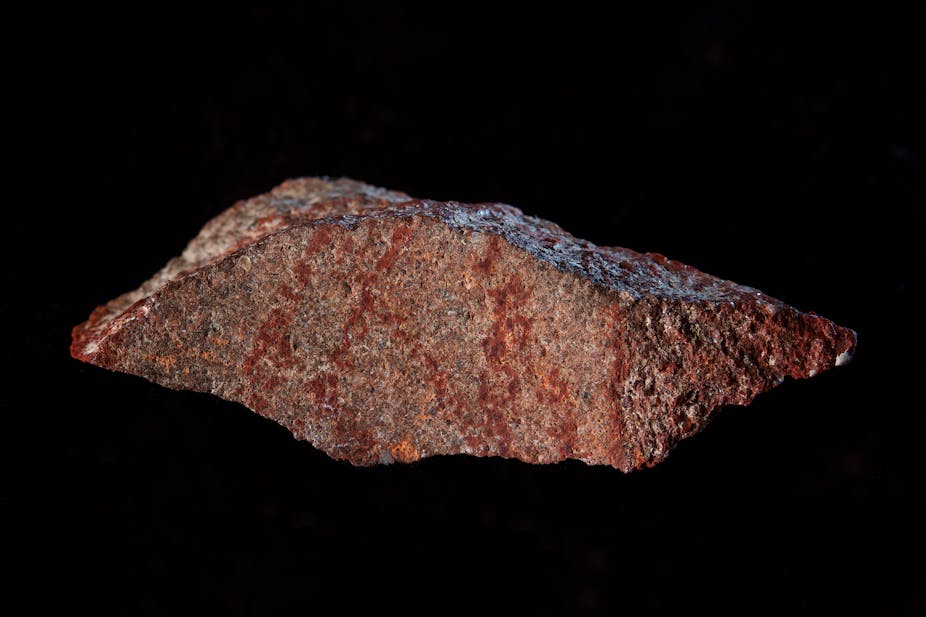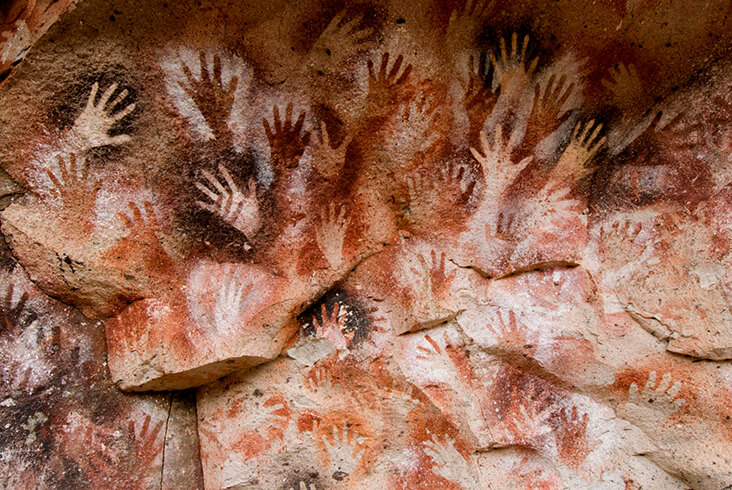I’ve mentioned it a few times before throughout my blog: art was not the only thing that evolved over time. The artistic and symbolic nature of human beings speaks significantly on the evolution of human behavior and the human brain. Rather than being two separate instances, art and the brain may have in fact co-evolved; building upon one another hand in hand. Creating symbolic art is a cognitive ability, plain and simple, and accounts for a sort of ‘symbolic origins’ of the Homo sapien.

With this in mind, we can consider symbolic thought to have evolved by means of natural selection! It is worth noting that this capacity doesn’t depend on the skill of painting or creating art. In fact, professors Camilo Cela-Conde and Francisco J Ayala discuss the possibility that this cognitive level may not even be exclusive to Homo sapiens. Even Neanderthals with their etched shells may have displayed a cognitive process relying on art and symbols, although it is near impossible to argue with full certainty that their had this exact capacity.
Ultimately, there is a definite relationship between the production of symbols and the human brain, shown by neural correlations and archaeological evidence found throughout the Upper Paleolithic; as explored in their article “Art and Brain Coevolution”.
Language
Language and art are definitely interconnected in this case, as both require some form of a complex cognitive process of symbolic communication. Charles Darwin, father of modern evolutionary theory, defined language as an “instinct to acquire an art”. In other words, language is far from a fixed behavior, but represents a capacity for symbolic creativity.
In Darwin’s Descent of Man, he discusses how language and art may have evolved in what he describes as “sexual selection”. Ultimately, language an art are for humans what a peacock tail is for the bird; a means of attracting mates through displaying attractive traits. Darwin did receive some criticism for the claim that language and art could be explained in evolutionary means, as many believed it to be too complex. While it is true that language may not have come about as a means of attracting mates, there is an important evolutionary relationship between language and the brain.

Professor Terrence Deacon explores this phenomenon and more in his book The Symbolic Species: the Co-Evolution of Language and the Human Brain. Deacon takes a step back from the traditional dialogue and explains that the symbolic nature of human beings (including language and art) did in fact co-evolve alongside the brain. He explains that language structures were selected for learnability and ease of use while brain function were selected for the special learning and production demands of language. What defines this as co-evolution is the fact that symbolic systems evolved rapidly while the brains evolved slowly.
“The word became flesh”
Deacon explains that humans have a tendency towards a symbolic niche that seeks deeper meanings, beyond what’s just physical. This is what makes us unique as a species. Our nature and evolution is not only physical, but symbolic as well. In John 1:14 the Bible says that “The Word become flesh and made His dwelling among us”. In a way, this quote speaks to the co-evolution of art/symbolism and the brain. The symbolic “word” is not just language, but all forms of symbolic art and communicative means. As the “word” becomes “flesh” we see a conjunction of the physical world and the symbolic world; an extra dimension that encompasses emotion, communication, and expression via language and art. Hence, what defines Homo sapiens as a species like no other is not our ability to build cities, form social structures, or even speak, but is instead our role as a “symbolic species”.



/https://public-media.si-cdn.com/filer/54/a8/54a8257b-aa4b-411f-831e-8248be876b14/joordens_trinil_engravedshelledit.jpg)

